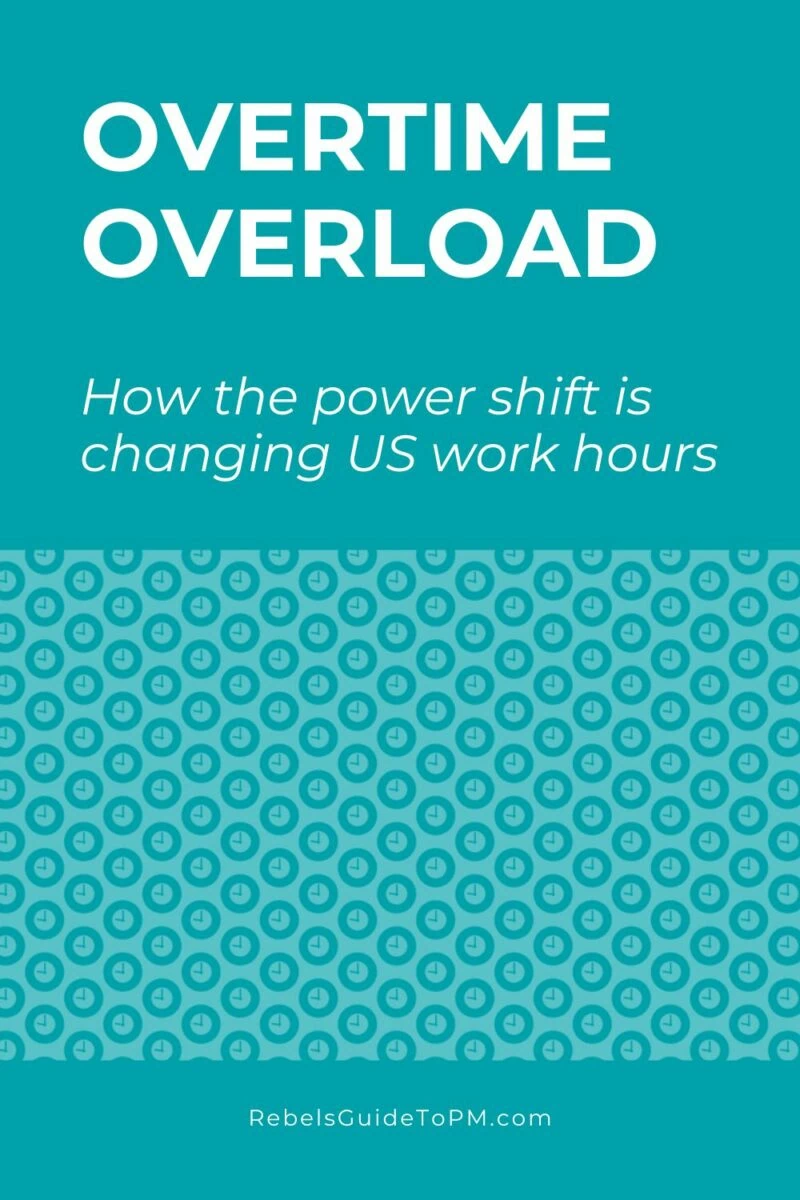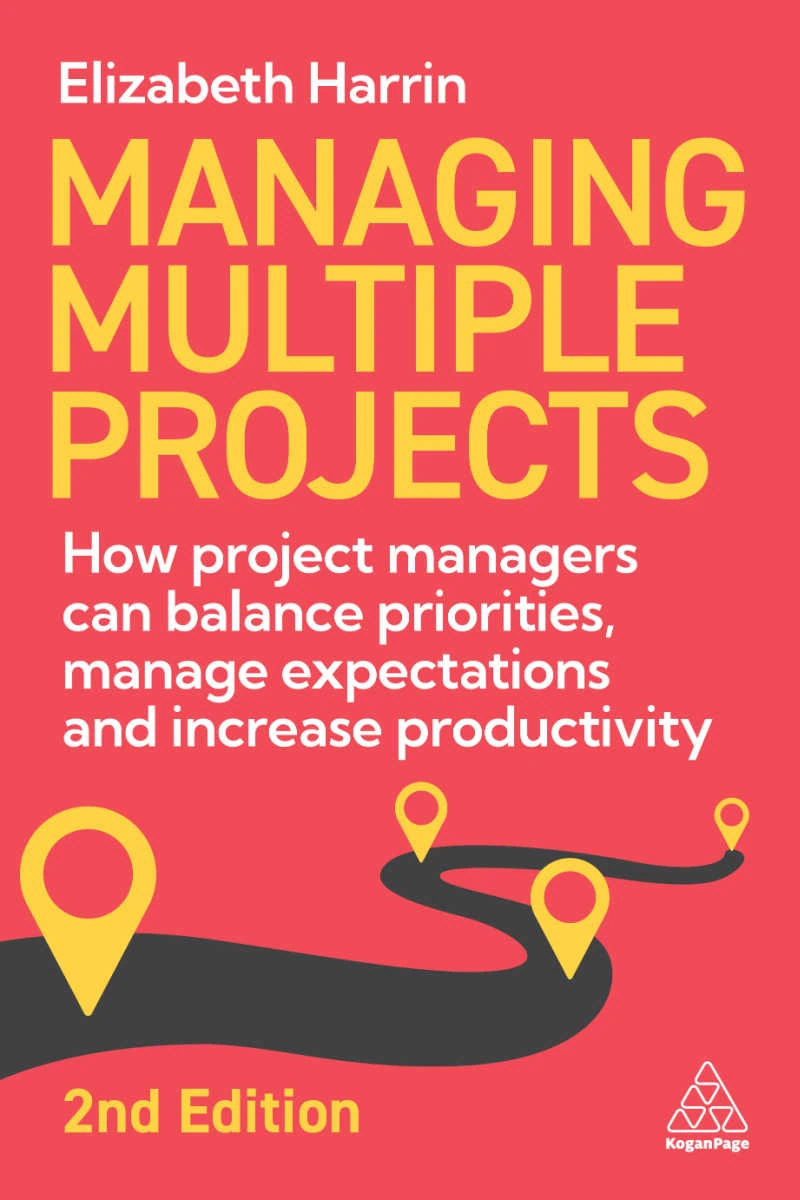Overtime Overload: How the Power Shift is Changing US Work Hours
We surveyed 3,000 employees across the United Status to find out how many unpaid overtime hours they worked last year.
The map below reveals the surprising results of how much more unpaid overtime employees in each state worked in 2023 compared to the previous year.
The Great Resignation and quiet quitting put power back in employees’ hands. We made choices about how and where we would work in an attempt to address burnout, deal with dysfunctional office politics and get a better work/life balance.
As the momentum from the Great Resignation starts to wane, employees are finding that their bargaining power isn’t what it used to be. About a year ago, job opportunities and rising wages were abundant, but now, those trends are reversing, with fewer openings and slower wage growth.
We surveyed 3,000 US employees and asked the question: “How much unpaid overtime have you worked per week on average in 2023?”
The average respondent is working 4.5 hours a week above and beyond what they are paid to do. That’s over the equivalent of month’s extra work per year (233 hours).
Overall, there was a collective surge of 46 billion unpaid overtime hours among workers in 2023.
There are also significant differences based on location.
For example, residents of New Hampshire are bearing the brunt of this trend, reporting nearly 10 hours of unpaid overtime each week. Montanans, however, have seen a slight decrease in unpaid overtime, working only 36 minutes more than in 2022 per week.
The Great Power Shift
Our findings suggest a shift in the power dynamic from employees to employers, possibly a repercussion of the post-Great Resignation period.
More unpaid overtime reflects that power shift: employees are choosing (or being asked) to do more, perhaps as a result of teams being smaller but having to handle the same amount of work, or wanting to keep their jobs in uncertain economic times.
Requests from businesses to return to the office might be influencing the dynamic too.
Overall, the billions of hours being worked for free represent a huge financial benefit to businesses and the economy.
Personal time vs overtime
The survey shows that more personal time is increasingly being ceded to employers.
The dramatic increase in unpaid overtime points to a potential erosion of workers’ rights and fair compensation practices. There’s also the increasing risk of burnout for employees, with impacts quality of live, overall societal health and economic productivity – burned out employees are not good for employers either.
The results underscore the importance of employees advocating for themselves, being aware of labor laws, and employing strategies to manage workloads effectively.
Employers should also be aware of the impact of the misclassification of salaried positions and the exploitation of overtime loopholes.
The Rebel’s Guide to Project Management state of project management survey found that workload is the biggest cause of stress for around 30% of respondents and 44% reported not having enough people in the team to do the work required.
Overtime, paid or otherwise, might be a short-term solution to plug resource gaps, but it’s not sustainable, and it contributes to feeling devalued as an employee. Businesses and employees need to come up with alternative solutions.

Methodology
Online panel survey of 3,000 adults based on age, gender, and geography in November 2023. Internal data sources are used to obtain population data sets and comparison against previous year. We used a two-step process to ensure representativeness through stratified sampling and post-stratification weighting.

